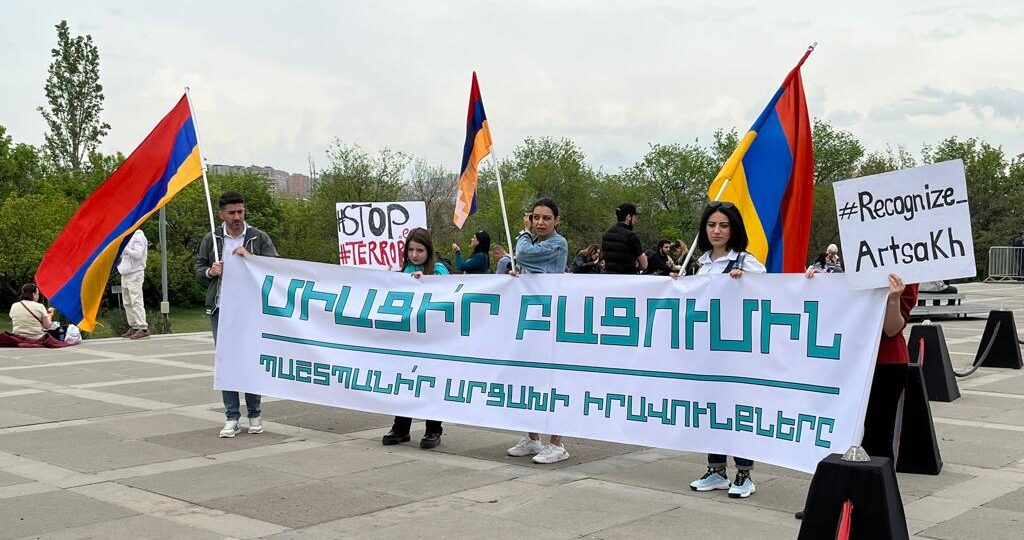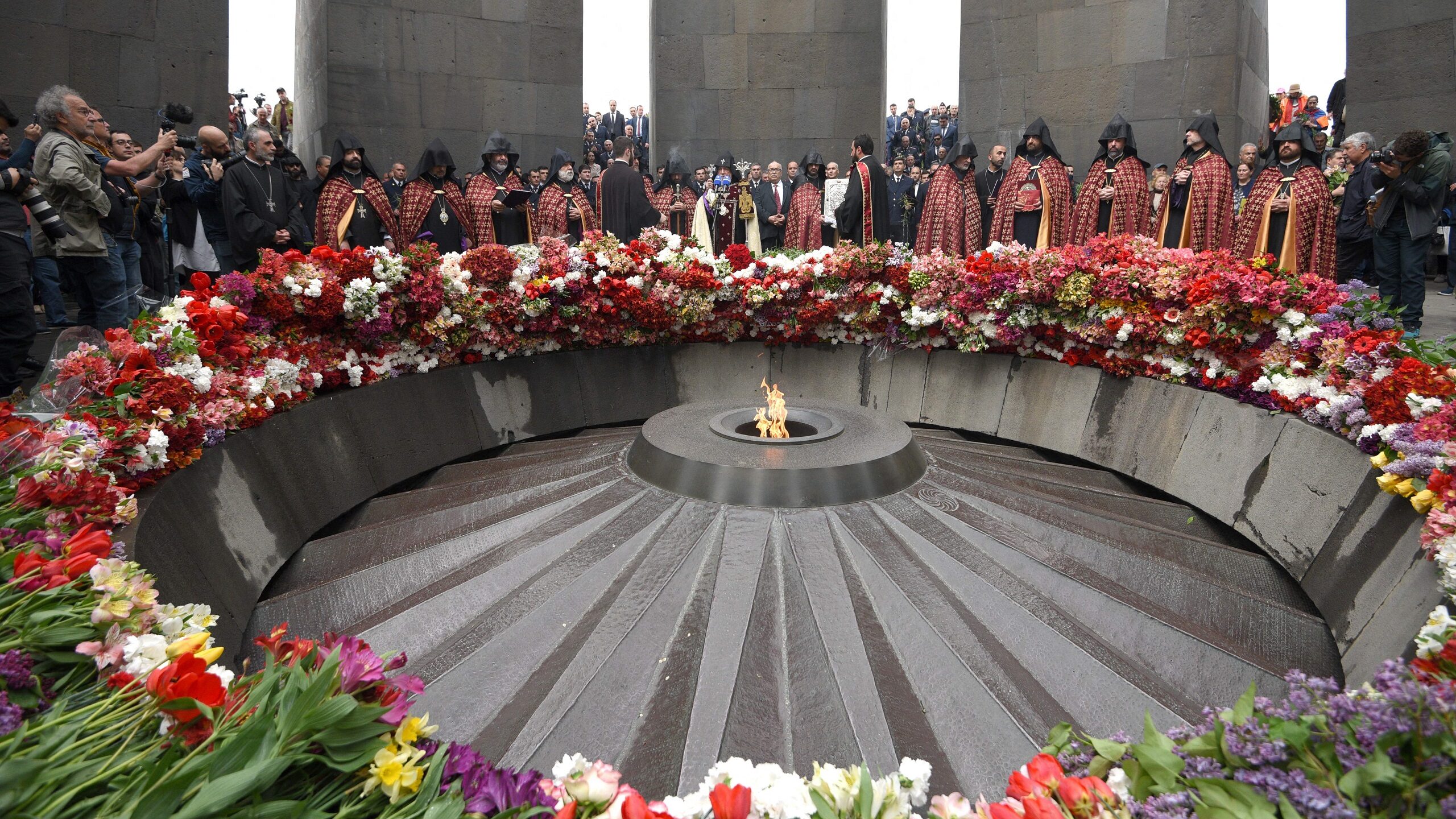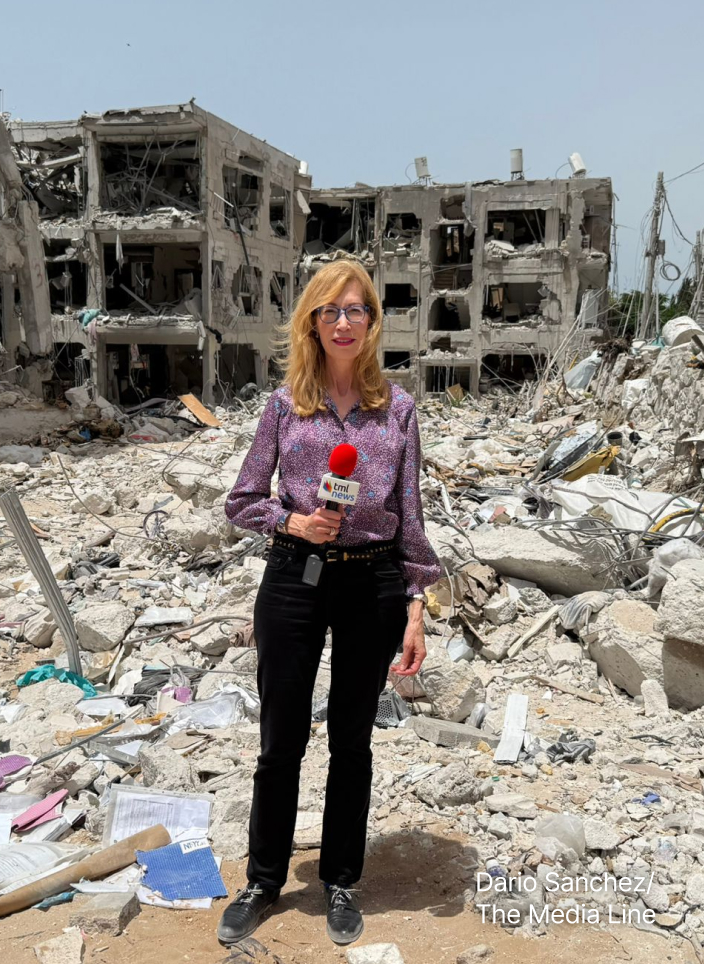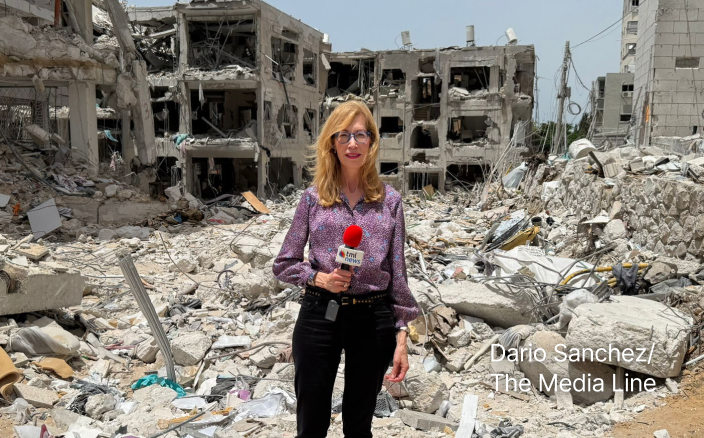Armenians Mark Genocide Amid New Threats, Fresh Skirmishes With Azerbaijan
Azerbaijan has been blockading the enclave of Nagorno-Karabakh for months, in what many Armenians and some US politicians call the beginnings of a new genocide
(Yerevan, Armenia) Hundreds of thousands of Armenians flocked to the nation’s capital earlier this week to commemorate the 108th anniversary of the Armenian Genocide, amid fears that a new genocide carried out by Azerbaijan may be beginning.
During the Armenian Genocide, which took place from 1915 to 1917, between 600,000 and 1.5 million Armenians were killed by the Turks, and many others were deported or forcibly converted to Islam. Turkey has long rejected the term genocide and downplays the number of victims.
Beginning on the evening of April 23 and continuing all day on April 24, Armenians made their traditional pilgrimage to the Armenian Genocide Memorial complex—Tsitsernakaberd—to lay flowers in memory of the victims of the mass killings in Ottoman Empire Turkey.
A continuous stream of residents, young and old alike, came to pay their respects at the complex under a pall of clouds and occasional rain.

Armenians arrive at Tsitsernakaberd, the Armenian Genocide Memorial complex in Yerevan on April 24, 2023, to mark the 108th anniversary of the Armenian Genocide. (Courtesy)
This year’s memorial took place just days after fresh border skirmishes between Armenian and Azerbaijani forces. For the past several months, Azerbaijan has been imposing a blockade on the Lachin corridor, the sole road connecting Armenia to Nagorno-Karabakh, known to the Armenians as Artsakh, a disputed territory internationally recognized as belonging to Azerbaijan. The blockade has cut off residential and commercial traffic for the enclave’s 120,000 residents, who are mostly ethnic Armenians.
After the official ceremony at the memorial on Monday morning, US Ambassador to Armenia Kristina Kvien condemned the blockade but declined to comment on whether the US government had plans to levy sanctions on Azerbaijan.
“We are deeply concerned about Azerbaijan’s decision to set up a checkpoint on the Lachin Corridor,” she told reporters. “We find it unhelpful to the peace process, and what we are focusing on now is trying to get the parties to speak together to come up with solutions that are mutually agreed.”
Other American politicians were less diplomatic. Democratic Sen. Robert Menendez of New Jersey said last week that American aid to Azerbaijan “flies in the face of our duty to honor the victims and survivors of the Armenian Genocide.”
Give the gift of hope
We practice what we preach:
accurate, fearless journalism. But we can't do it alone.
- On the ground in Gaza, Syria, Israel, Egypt, Pakistan, and more
- Our program trained more than 100 journalists
- Calling out fake news and reporting real facts
- On the ground in Gaza, Syria, Israel, Egypt, Pakistan, and more
- Our program trained more than 100 journalists
- Calling out fake news and reporting real facts
Join us.
Support The Media Line. Save democracy.
Speaking at a ceremony on Thursday, Democratic Rep. Frank Pallone of New Jersey called the blockade a perpetuation of the Armenian Genocide.
“What we see happening in Artsakh, both with the attack, the aggression that took place a couple of years ago, and the cutting off of the Lachin Corridor, in my opinion, is nothing more than a continuation of the genocide,” Pallone said. “We know the people in Artsakh are suffering, not having enough food, not having medical supplies. To me, that sounds like genocide, but we’re not going to allow it to happen.”
U.S. President Joe Biden officially recognized the Armenian Genocide in 2021.
Nagorno-Karabakh has been the site of conflict between Armenia and Azerbaijan for more than 30 years. Between 1988 and 1994, up to 16,000 Azerbaijani civilians and up to 4,000 Armenian civilians were killed in the First Nagorno-Karabakh War, in addition to more than 15,000 troops. The war broke out after the residents of Nagorno-Karabakh voted to secede from Azerbaijan and become part of Armenia.
After a 1994 cease-fire brokered by Russia, the region enjoyed relative stability until the Second Nagorno-Karabakh War in 2020. Azerbaijan decisively won that war, but skirmishes have continued throughout the years. Since 2021, Azerbaijan and Armenia have been engaged in a conflict over the border following Azerbaijan’s stationing of soldiers across the border in Armenia and refusing to withdraw its troops.
At Monday’s ceremony in Yerevan, Catholicos of All Armenians Karekin II, the chief bishop of the Armenian church, warned that Azerbaijan’s goal is to “de-Armenianize” and “take over Artsakh.”
“We condemn such an inhuman act that is regularly carried out against the children of our people living in Artsakh,” he said.
Many who made the somber trek to the memorial on Monday held signs calling for an end to the blockade and urging international recognition of Artsakh as Armenian.

Attendees at the memorial ceremony marking the 108th anniversary of the Armenian Genocide hold signs calling for an end to the blockade and urging international recognition of Artsakh as Armenian, April 24, 2022. (Courtesy)
“We are gathered together here to stop the new genocide that will happen in Artsakh, in Nagorno-Karabakh, if we can’t prevent it,” Sona Karabadian, who had come to see the memorial, told The Media Line. “What happened in 1915 we couldn’t stop, because we didn’t have a republic. But now I hope that the whole world will help us to stop and prevent a new genocide, and not to come here every year to put flowers and just remember the victims.”
Annie Rafaelian, a Yerevan resident, was encouraged by the presence of Armenians from abroad—including Lebanon, Syria, Israel, and the US—at the memorial on Monday.
“Today I noticed that many Armenians from outside the country have joined us,” she told The Media Line. “I’m very happy to see that Armenians from the diaspora have come to show their support and have kept their national pride, and I do hope that this will continue.”
Also passing through was Nanor Balabanian, founder of the Hidden Road Initiative, an organization that provides educational opportunities for students living in remote villages in Armenia and in Nagorno-Karabakh. She was on her way to a ceremony on the contentious border that Armenians are blocked from crossing. Balabanian told The Media Line that her organization has been watching a “nightmare” unfold over the past three years, witnessing the loss of soldiers and even entire villages to Azerbaijani aggression.
Balabanian, a Stanford graduate, has taught about the various stages of genocide and views the blockade as one of the steps on the path to genocide through its isolation of the Armenians in Nagorno-Karabakh.
“To me, it is shocking that I am living through one—the early stages—and the world has been silent, including the communities I grew up with in the Bay Area,” she said. “No, this is not us being dramatic. We are watching this unfold before our eyes.”



